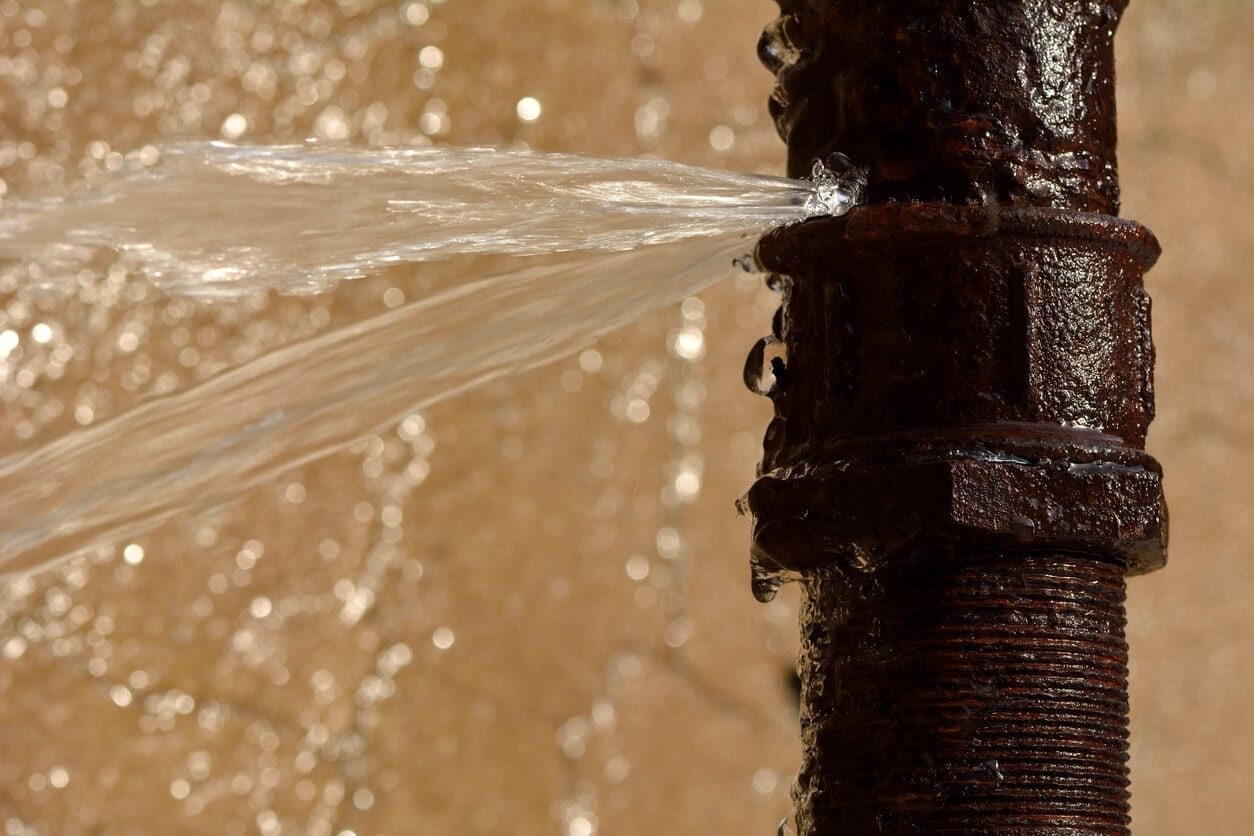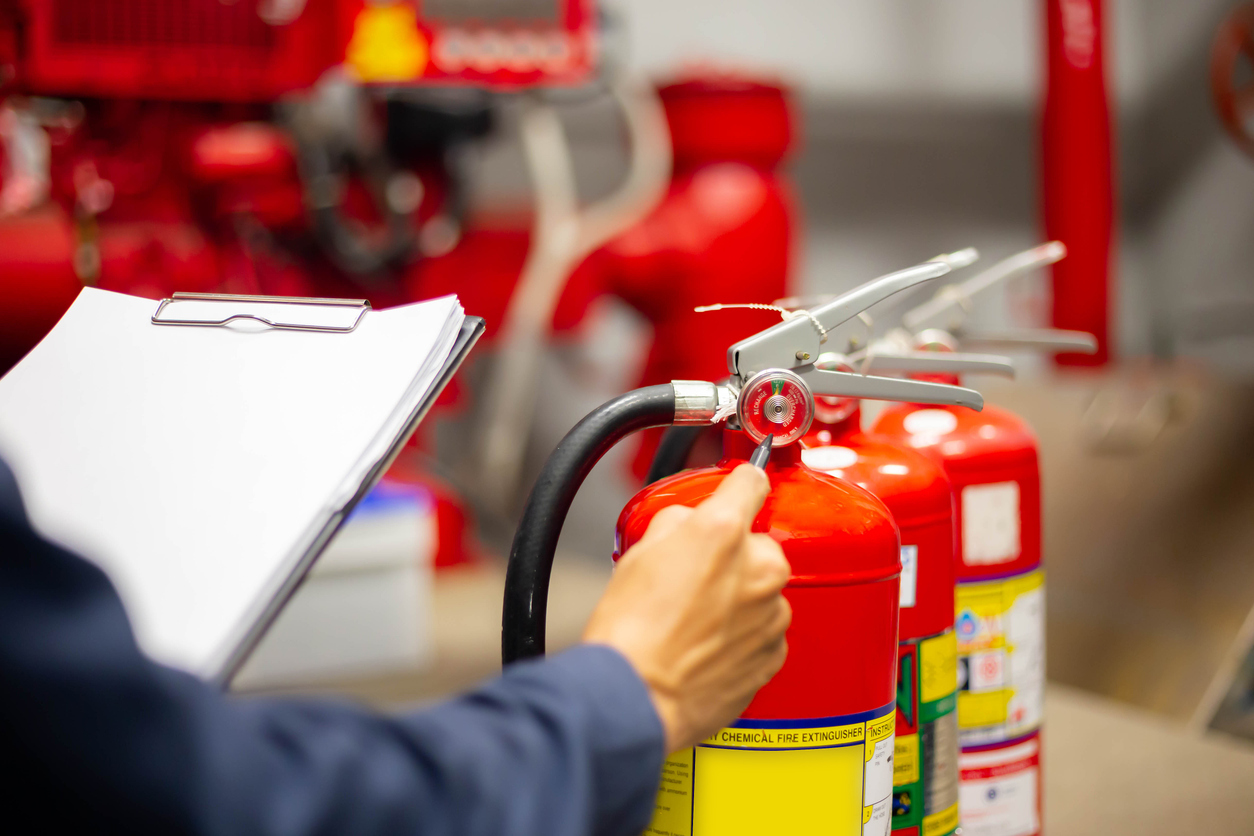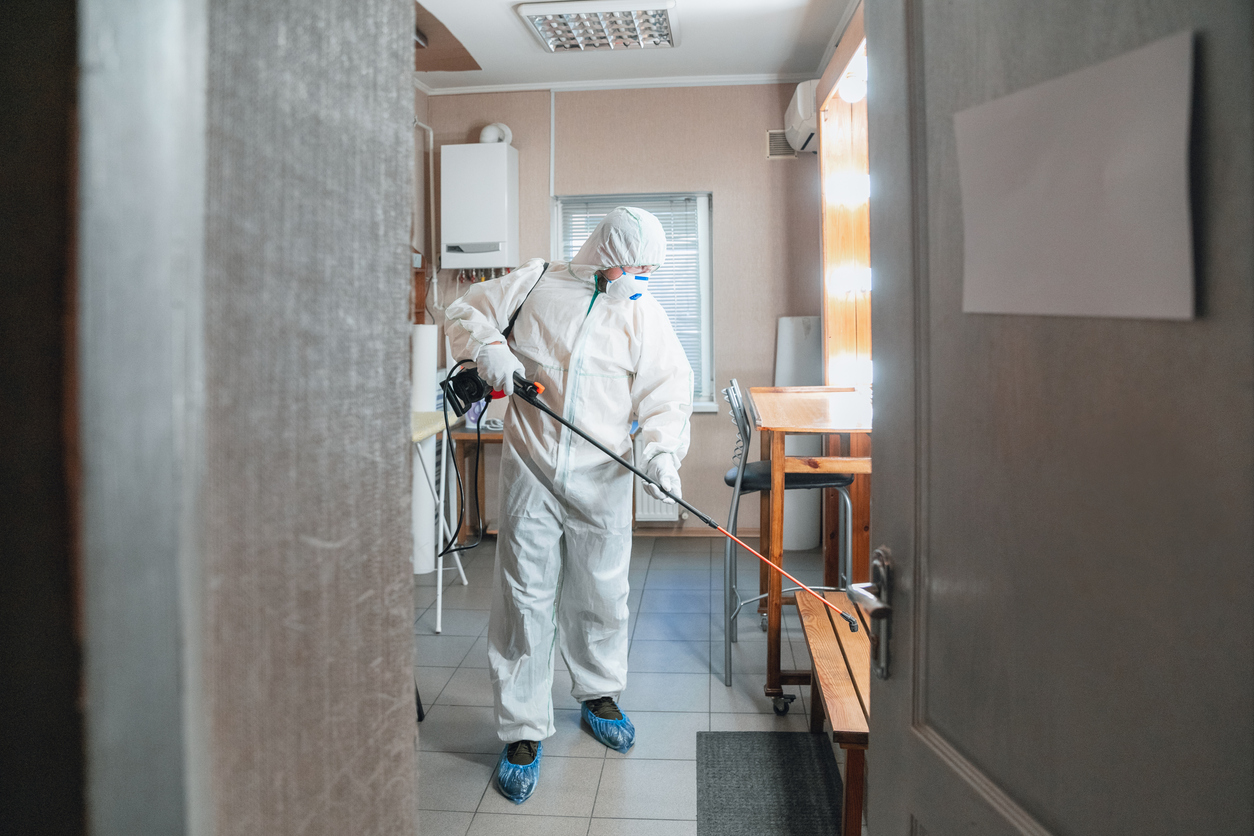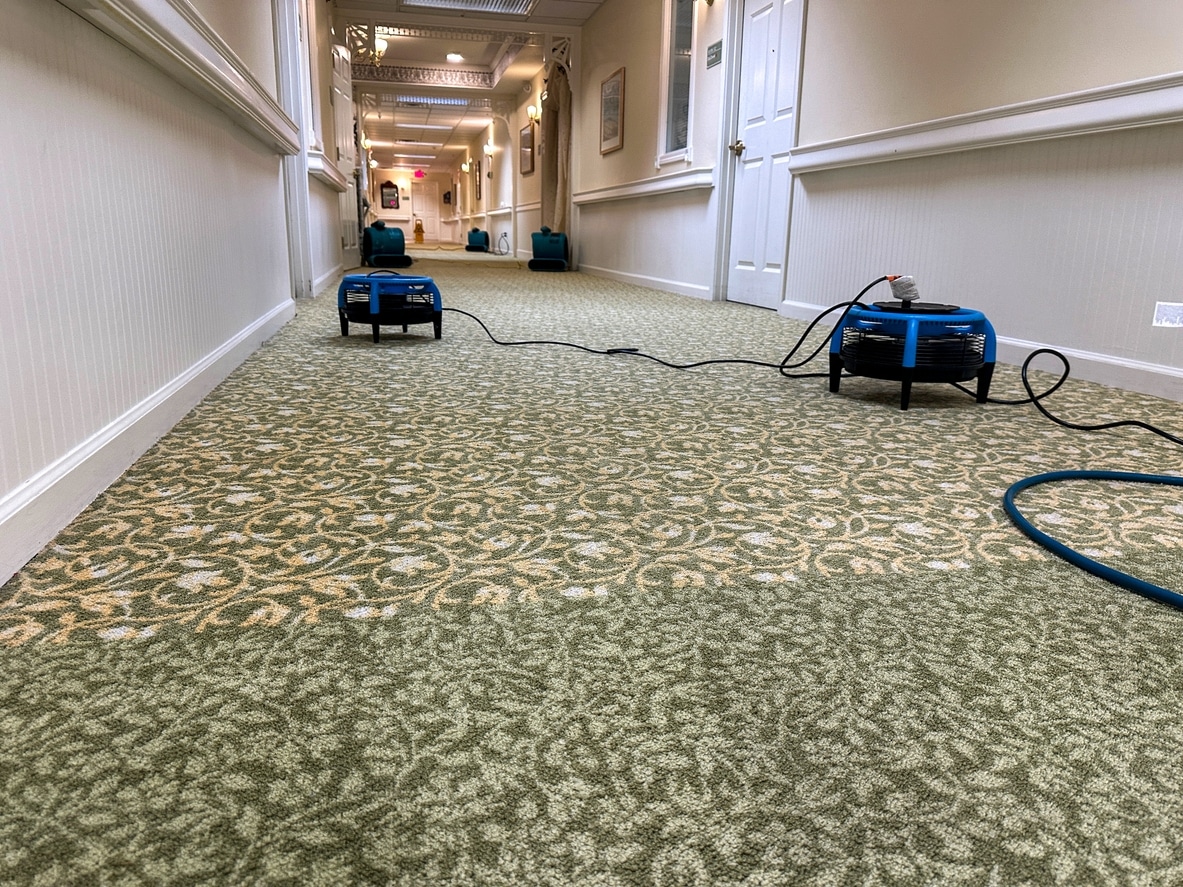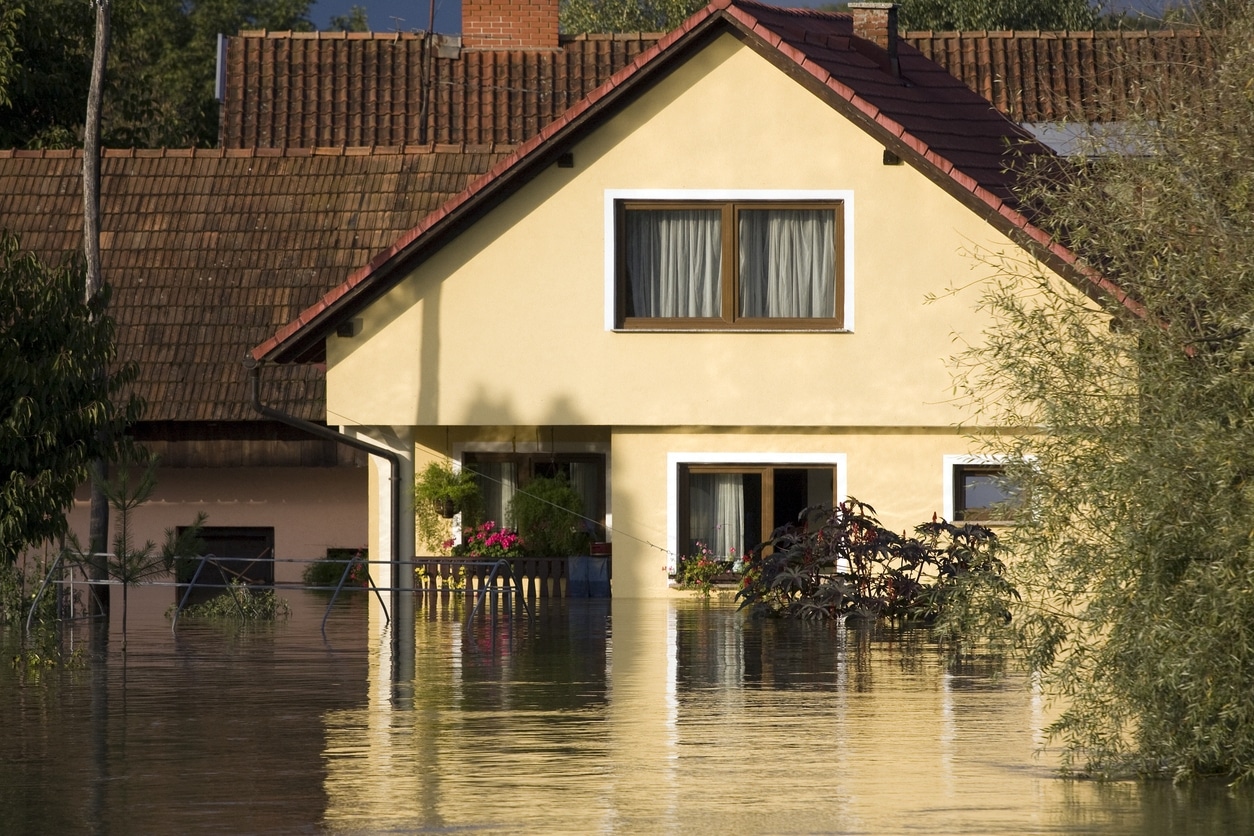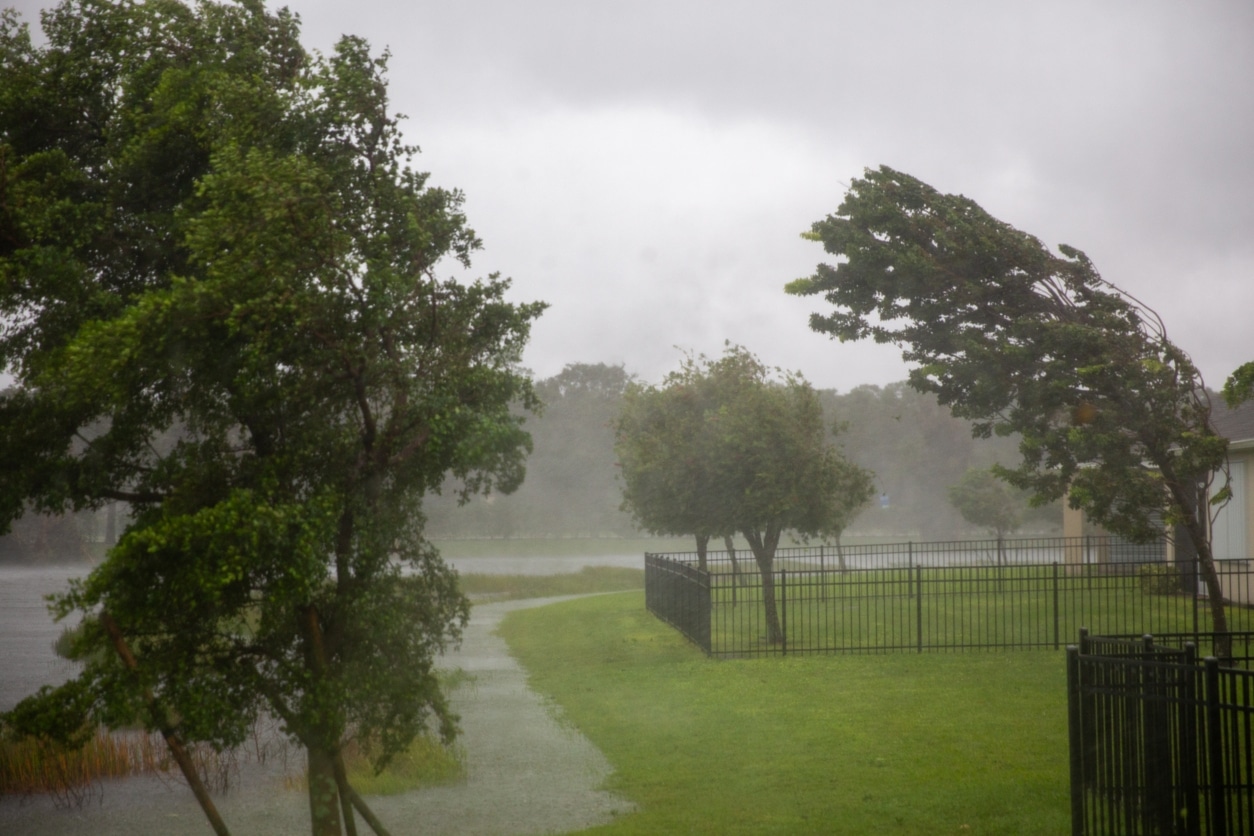Leaks in your home or business can lead to significant water damage if not addressed promptly. Identifying these leaks early, however, can be challenging without the right tools, such as thermal imaging cameras used by restoration professionals. Yet, big or small leaks often manifest through various signs that can alert you to their presence. Recognizing these indicators can save you from extensive damage and costly repairs.
In this post, we’ll outline the top five signs that your home or business may have a water leak. We’ll help you understand how to ‘know your flow’ and take timely action. We’ll also examine some actionable insights from Advanced Structural Drying Techniques (ASDT) and give you tips on detecting unseen leaks through other methods. Let’s get into it.
Top 5 Signs of Leaks
Sign 1: Unexpected Increase in Utility Bills
One of the first indicators of a hidden leak is an unexpected increase in your water utility bills. If your water costs are climbing without a corresponding rise in usage, it’s a significant sign that water is escaping somewhere within your property. Leaks, even small ones, can waste a large amount of water over time, leading to higher-than-usual bills.
This increase often goes unnoticed initially, as the leak may be slow and not immediately visible. It’s crucial to compare current bills with past ones to spot any unusual patterns or spikes in water usage. A steady rise in costs, despite consistent consumption habits, points towards hidden leaks that need immediate attention.
Sign 2: Lower Water Pressure
A noticeable decrease in water pressure throughout your home or business can be a clear sign of a leak in the system. When a pipe bursts or develops a significant leak, the water that should flow to your faucets or showerheads is instead escaping elsewhere, resulting in reduced pressure at the point of use. This symptom can be particularly evident when using multiple water sources simultaneously, like showers, taps, or appliances, and finding that the water flow is weaker than usual.
The cause of lower water pressure can sometimes be a municipal supply issue, but if this is ruled out and the problem persists, it’s likely an internal issue. Leaks within the walls, under the floors, or in the ground can siphon off the water intended for your regular use, impacting the overall system pressure.
Sign 3: Damp Spots or Water Stains
Damp spots, water stains, or discoloration on walls, ceilings, or floors are common indicators of a leak within the property. These signs usually become visible when a pipe leaks behind drywall or in other concealed areas, causing water to seep through and affect visible surfaces. Over time, this moisture accumulation can lead to noticeable marks or staining, signaling an underlying issue that needs attention.
Water stains may appear as dark, wet spots or discolored patches that grow larger with continued leakage. In cases of slow, persistent leaks, these spots might not be immediately obvious but can gradually cause significant damage to the structural integrity of the affected materials. Additionally, damp areas can contribute to the growth of mold and mildew, further exacerbating the problem.
Sign 4: Mold and Mildew Growth
The presence of mold or mildew in areas where it wasn’t previously noticed can be a strong indicator of a hidden water leak. Mold thrives in moist, dark environments, and a persistent leak provides the perfect conditions for its growth. While bathrooms and kitchens are common places for mold due to their frequent exposure to water, finding mold in unusual places like inside closets, on interior walls, or in corners of rooms can signal a leak.
Mold can appear as black, green, or white patches and may have a fuzzy texture. It’s not only a structural concern but also a health risk, as mold spores can affect indoor air quality and lead to respiratory issues among occupants. Mildew, while less harmful, still indicates excessive moisture and can cause a musty odor and damage to surfaces.
Sign 5: Musty Odors or Strange Noises
Musty odors or the sound of running water when all taps are off are telltale signs of a hidden leak. Musty smells usually arise from areas that remain damp due to a leak, fostering mold and mildew growth, which contribute to the unpleasant odor. These odors are particularly noticeable in areas that are not well-ventilated or are rarely used, like basements, utility rooms, or under sinks.
Strange noises, such as dripping, hissing, or running water sounds within walls or floors, can indicate that water is leaking or flowing where it shouldn’t be. These sounds may be more noticeable at night when the environment is quieter or when water usage is at its lowest, allowing the noise of the leak to stand out.
Musty odors point to areas that have been wet long enough for mold to grow, while unexplained noises related to water can pinpoint a leak’s location. Prompt investigation and repair of these issues are crucial to prevent the escalation of water damage and to maintain the structural integrity and air quality of the property.
The Importance of Professional Leak Detection
Recognizing the signs of a leak is crucial, but accurately pinpointing and resolving it often requires professional expertise. Advanced Structural Drying Technologies specializes in leak detection and water damage restoration, using advanced tools like thermal imaging to uncover hidden moisture issues. Leading professionals like ASDT ensure that each leak is handled with comprehen.
Trust Advanced Structural Drying for Leak Solutions in Tenessee
Don’t let hidden leaks escalate into costly water damage. Advanced Structural Drying Technologies provides expert leak detection and restoration services to protect your home or business. With state-of-the-art equipment and experienced technicians, we find and fix leaks efficiently, minimizing damage and disruption. Contact us today to safeguard your property against the risks of undetected water leaks and ensure a secure, dry environment for the future.

